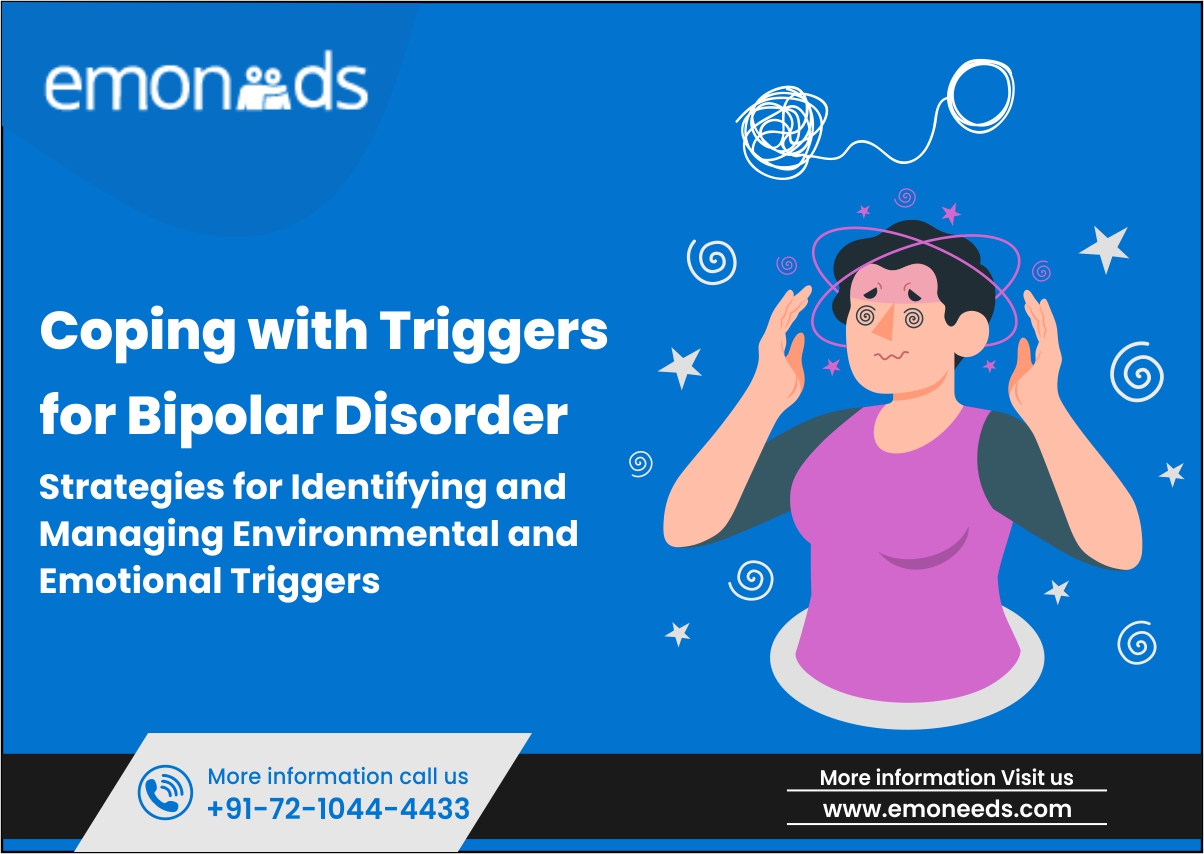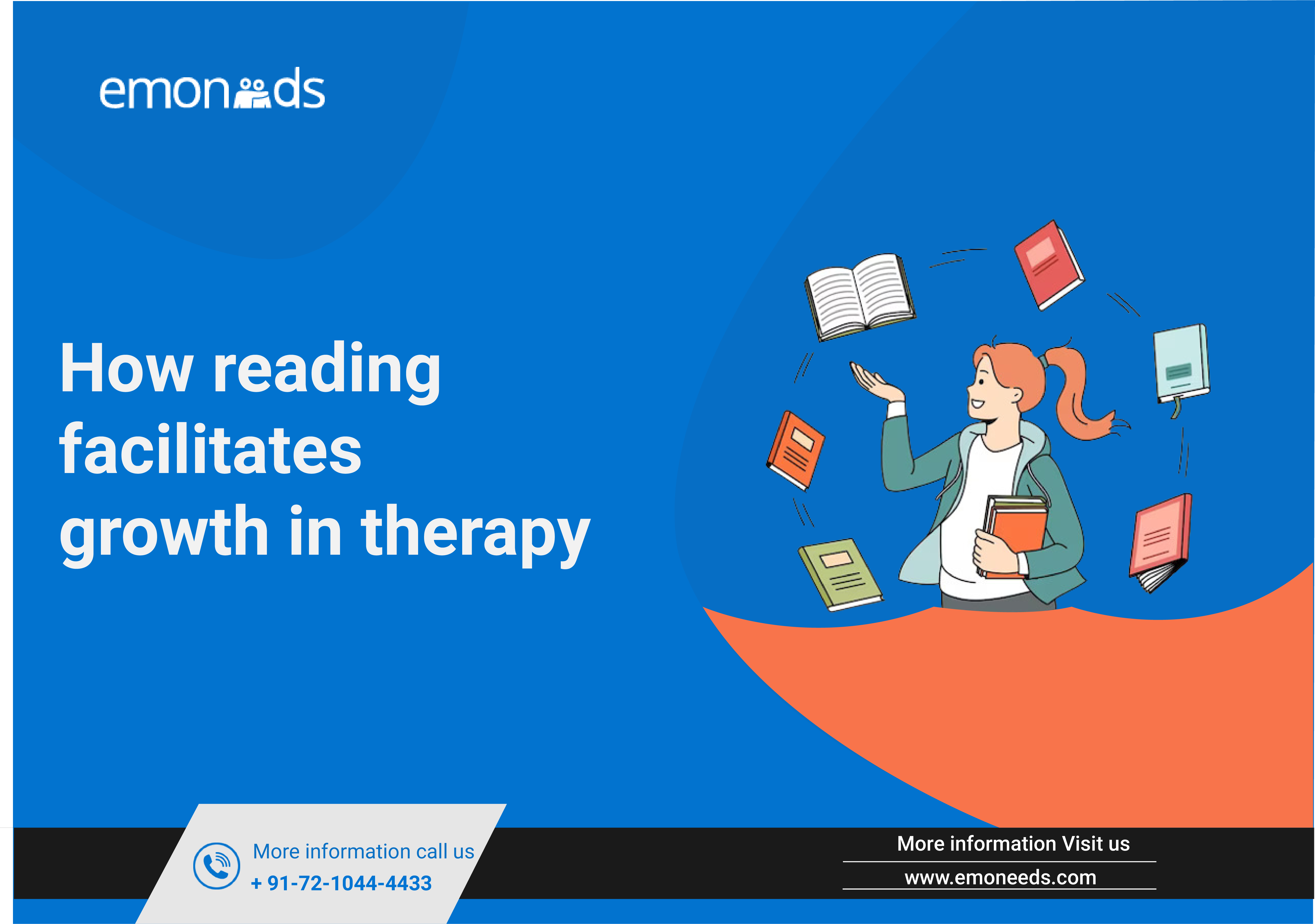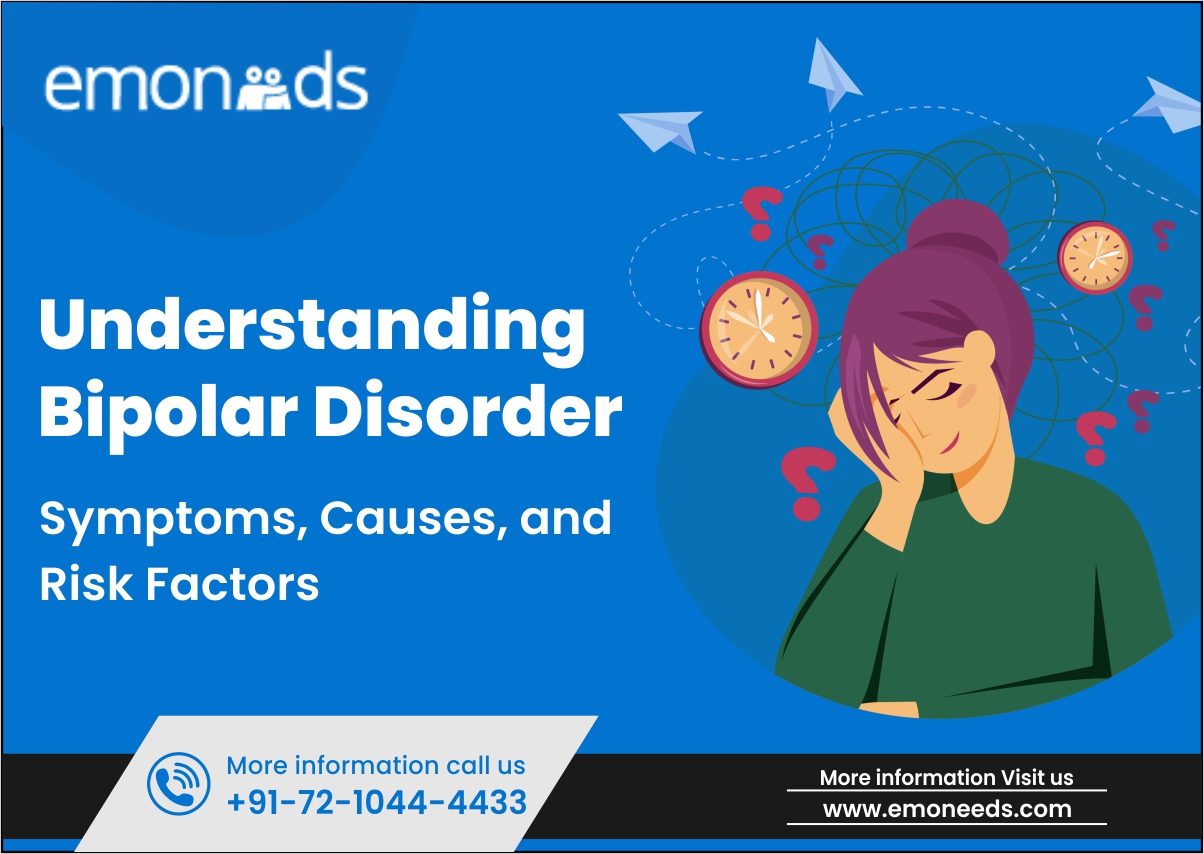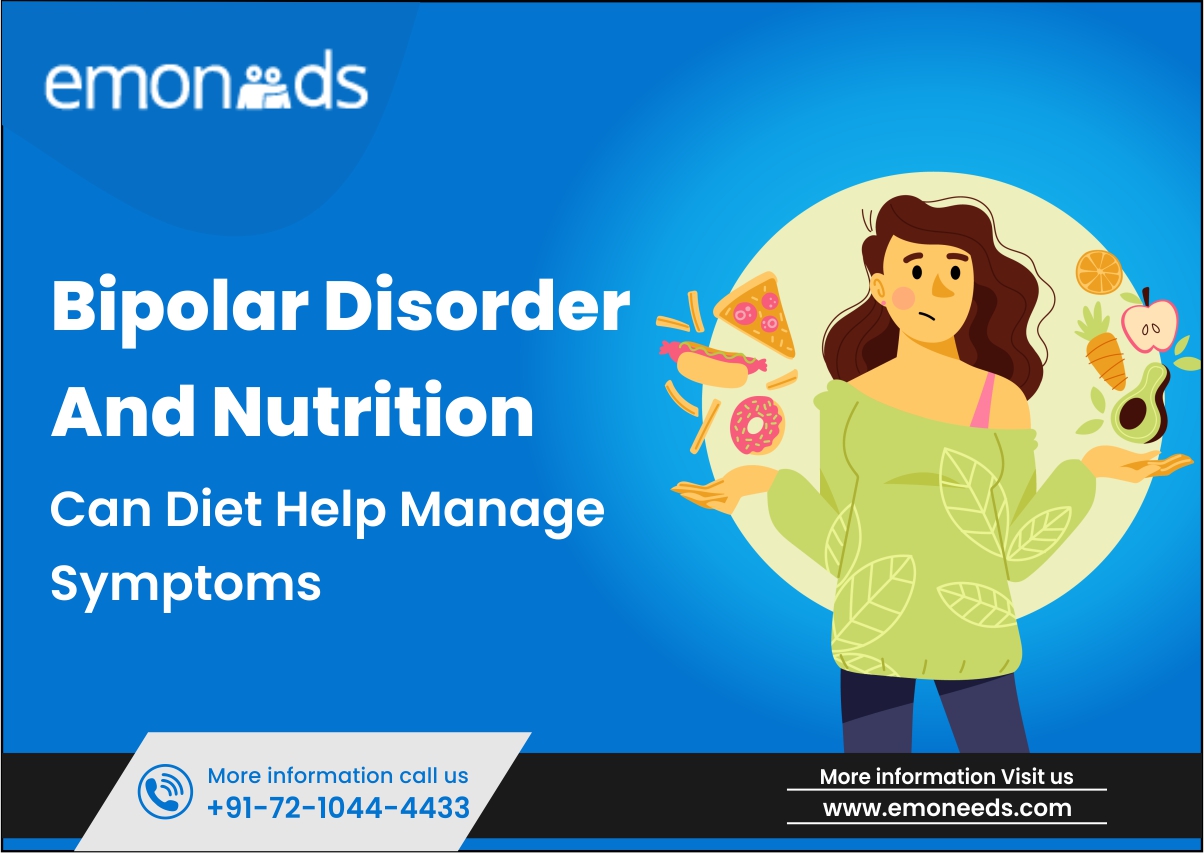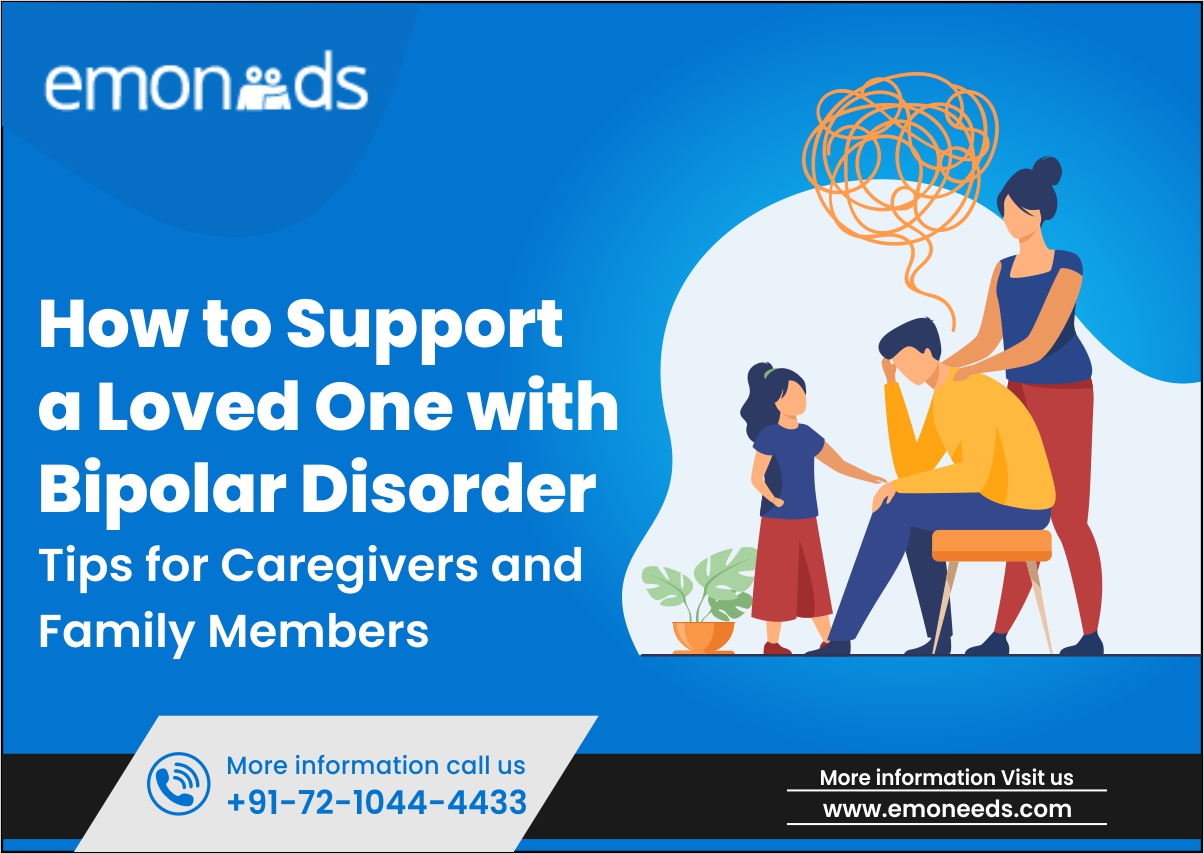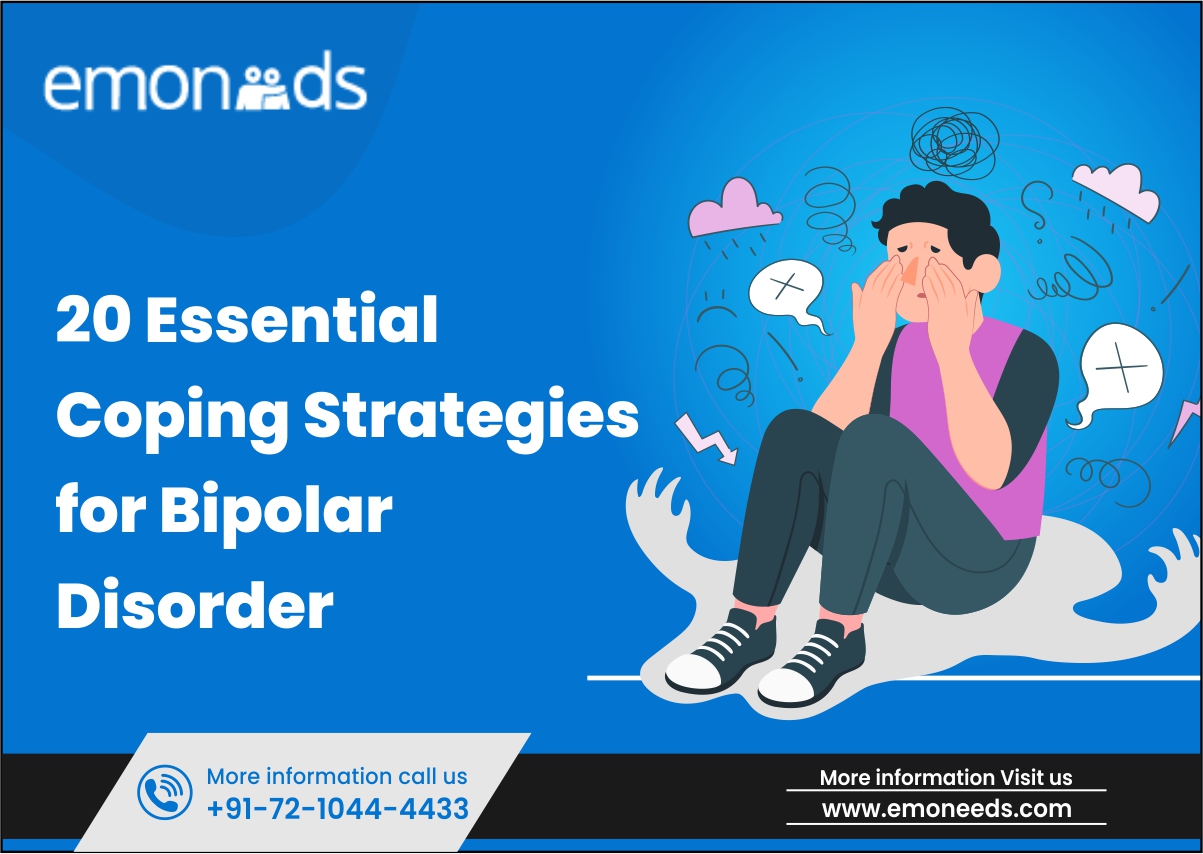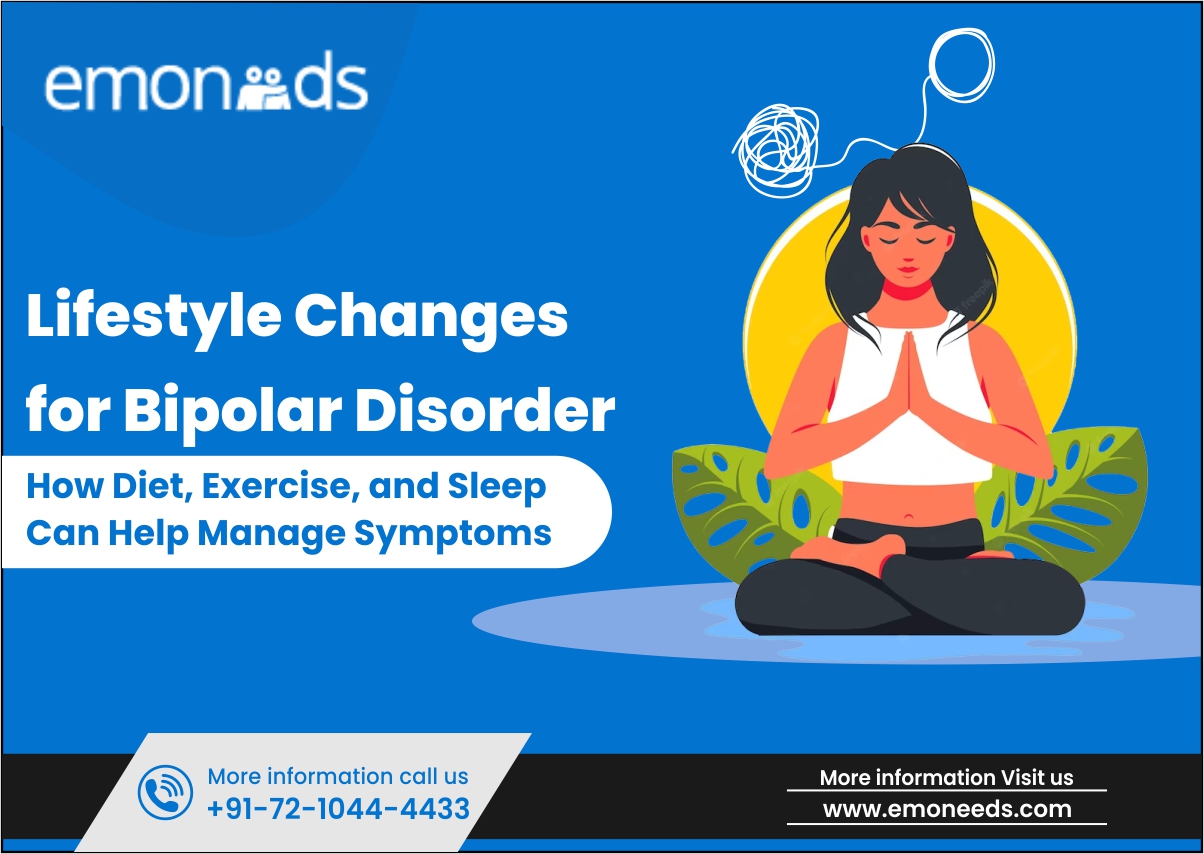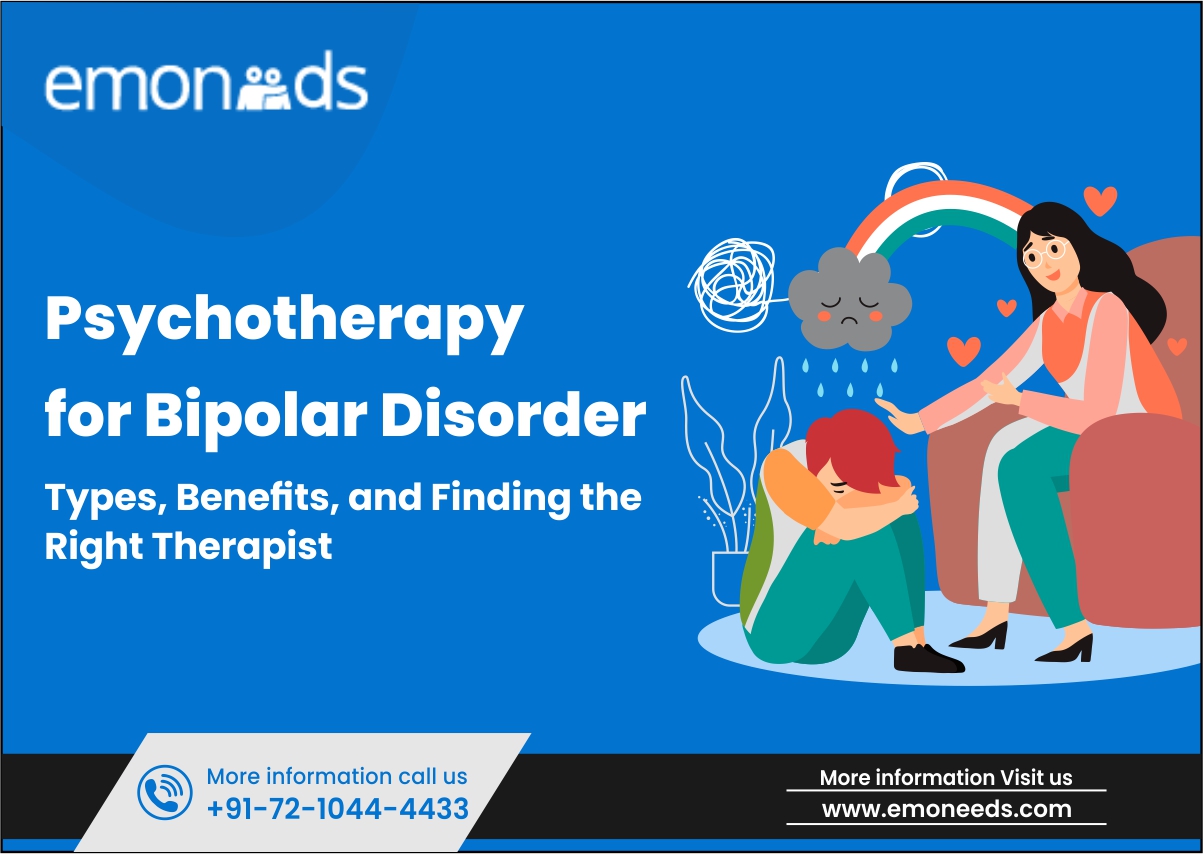
Emotions are fundamental to how we experience life, influencing how we see the world, how we act, and how we connect with others. They form the cornerstone of our human experience, guiding our responses and shaping our interactions. However, managing these emotions effectively can often prove challenging. In this blog, we’ll delve into the art of emotional regulation: understanding its importance, learning practical skills, and exploring effective strategies to navigate the complex landscape of our feelings.
Understanding Emotion Regulation
Emotion regulation is the process of managing and controlling your emotions in a healthy manner. It plays a vital role in our overall well-being, influencing how we interact with others and navigate various life situations. Understanding the difference between emotion regulation and dysregulation is crucial. While regulation involves effectively managing emotions, dysregulation refers to difficulties in doing so, often resulting in intense or inappropriate emotional responses.
Emotional intelligence, encompassing awareness and understanding of emotions, is key to successful regulation. By recognizing and appropriately responding to our feelings, we can enhance our emotional intelligence and improve our ability to regulate emotions effectively.
Signs and Symptoms of Emotional Dysregulation
Recognizing signs of emotional dysregulation is crucial for identifying areas needing improvement. Common indicators include:
- Abrupt Mood Changes: Individuals may experience sudden shifts in emotions, swinging from one extreme to another without apparent cause.
- Emotional Outbursts: These can range from verbal outbursts such as yelling or crying to physical expressions of anger or frustration.
- Poor Coping Mechanisms: Instead of effectively managing emotions, individuals may resort to unhealthy coping strategies such as substance abuse, self-harm, or avoidance.
By understanding these signs, individuals can take proactive steps towards enhancing their emotional regulation skills and fostering healthier emotional responses.
Practical Skills for Emotion Regulation
Practical skills for emotional regulation are invaluable tools for navigating life’s ups and downs effectively. Let’s explore some simple yet powerful techniques:
Cultivating Emotional Intelligence
Begin by paying attention to your feelings throughout the day. Take a moment to identify and label your emotions, such as joy, frustration, or sadness. Keep a journal to track your emotional experiences and reflect on what triggers them. As a daily action, set aside a few minutes each morning to check in with yourself and acknowledge how you’re feeling. This practice can help you become more aware of your emotional patterns and respond to them more intentionally.
Self-Compassion
Treat yourself with kindness and understanding, especially during difficult times. Instead of criticizing yourself for mistakes or setbacks, practice self-compassion by offering words of encouragement and comfort. Engage in daily self-care activities, such as taking a leisurely walk, indulging in a favorite hobby, or enjoying a warm cup of tea. As you go about your day, remind yourself that it’s okay to not be perfect and that you deserve compassion and care just like anyone else. By acknowledging our struggles without judgment, we can cultivate a sense of resilience and inner peace.
Empathy
Foster empathy by actively listening to others and validating their emotions. Put yourself in their shoes and try to understand how they might be feeling. Make a conscious effort to connect with friends, family, or colleagues on a deeper emotional level by asking about their day or offering a supportive ear. As a daily action, practice random acts of kindness, such as sending a thoughtful text message, complimenting someone’s achievements, or lending a helping hand. These small gestures can strengthen your relationships and cultivate empathy.
Radical Acceptance
Embrace unpleasant emotions without judgment or resistance. Instead of trying to suppress or avoid them, allow yourself to fully experience them as a natural part of life. Engage in daily mindfulness exercises, such as deep breathing or body scans, to cultivate acceptance and presence in the moment. Practice letting go of control and surrendering to what is, even when it’s uncomfortable. As you go about your day, remind yourself that it’s okay to feel difficult emotions and that you have the strength to navigate them. By accepting our emotions without resistance or judgment, we can free ourselves from unnecessary suffering and move forward with greater clarity and resilience.
Mindfulness
Incorporate mindfulness into your daily routine by being present and aware of your thoughts and feelings. Take moments throughout the day to pause and tune into your senses, noticing the sights, sounds, and sensations around you. As a daily action, practice mindful eating by savoring each bite of your meals and paying attention to the flavors and textures. Take short breaks to practice guided meditation to center yourself and cultivate a sense of calm amidst the busyness of life. By cultivating mindfulness, we can observe our thoughts and feelings with curiosity and compassion, allowing us to respond more skillfully to life’s challenges.
These practical skills for emotional regulation are accessible to anyone willing to cultivate them through consistent practice. By integrating these techniques into our daily lives, we can develop greater emotional resilience, strengthen our relationships, and enhance our overall well-being.
Exercises and Techniques for Emotion Regulation
Exercises and techniques for emotional regulation offer practical tools to manage challenging emotions and promote well-being. Let’s explore six effective methods that you can incorporate into your daily routine:
5-4-3-2-1 Grounding Exercise
This simple yet powerful technique involves engaging your senses to anchor yourself in the present moment. Start by noticing five things you can see around you, four things you can touch, three things you can hear, two things you can smell, and one thing you can taste. By focusing on your immediate surroundings, you can shift your attention away from overwhelming emotions and create a sense of calm.
TIPP Skills from Dialectical Behavior Therapy
TIPP stands for Temperature Change, Intense Exercise, Paced Breathing, and Paired Muscle Relaxation. These skills are designed to quickly lower intense emotions and promote a sense of control. Try splashing cold water on your face, engaging in vigorous exercise, practicing slow and steady breathing, or tensing and relaxing your muscles to soothe your nervous system during moments of distress.
Cognitive Reappraisal
Cognitive reappraisal involves reframing negative thoughts and interpretations to reduce the intensity of emotions. When faced with a challenging situation, challenge irrational beliefs and consider alternative perspectives. For example, instead of catastrophizing a setback, remind yourself of your strengths and past successes. By changing your mindset, you can change your emotional response.
PLEASE Skills
PLEASE skills are simple yet effective strategies for promoting emotional well-being. They involve:
- Prioritizing Physical Health
- Limiting Mood-Altering Substances
- Eating a Balanced Diet
- Abstaining from Mood-Altering Substances
- Getting Sufficient Sleep
- Engaging in Regular Exercise
These practices help maintain emotional stability and improve coping abilities.
4-2-4 Breathing Technique
This breathing exercise involves inhaling deeply for four seconds, holding your breath for two seconds, and exhaling slowly for four seconds. By regulating your breathing, you can activate the body’s relaxation response and calm the nervous system. Practice this technique whenever you feel overwhelmed or anxious to promote a sense of relaxation and stability.
ACES Method
The ACES method is a practical approach to emotional regulation therapy that involves four key steps: Awareness, Acknowledgment, Exploration, and Shifting. It encourages individuals to become aware of their emotions, acknowledge them without judgment, explore the underlying reasons behind these feelings, and then shift their responses accordingly. By following these steps, individuals can gain greater insight into their emotional experiences and develop effective strategies for managing them in healthy and constructive ways.
Experiment with different methods to find what works best for you, and remember to practice self-compassion as you navigate the ups and downs of life.
Strategies for Long-Term Emotion Regulation
To maintain long-term emotional regulation, it’s essential to adopt strategies that support ongoing mental well-being:
- Seeking Professional Help: Therapeutic approaches like Cognitive Behavioral Therapy (CBT), Dialectical Behavior Therapy (DBT), and Acceptance and Commitment Therapy (ACT) are cognitive reappraisal and problem-solving techniques provided by trained therapists. These approaches offer effective tools and guidance for managing emotions.
- Lifestyle Modifications: Stress management techniques and healthy sleep habits can contribute to acceptance of one’s emotions and self-compassion by prioritizing self-care and overall well-being.
- Create a Supportive Environment: Surround yourself with people who uplift and encourage you. Spend time with friends and family who provide emotional support and validation, and consider distancing yourself from toxic relationships that drain your energy and exacerbate negative emotions.
- Practicing Emotional Regulation Daily: Consistency and persistence in implementing emotional and self-regulation strategies, such as mindfulness and self-compassion, can help reinforce positive habits and enhance emotional resilience over time.
By integrating these strategies, individuals can cultivate a strong foundation for long-term emotional well-being and effectively navigate life’s ups and downs with greater ease.
Conclusion
Mastering emotional regulation involves understanding, accepting, and effectively managing emotions. By implementing the skills and strategies outlined in this blog, individuals can cultivate greater emotional resilience and enhance their overall well-being. Remember, it’s a journey requiring patience and practice. For personalized guidance and support, consider reaching out to Emoneeds, an online platform connecting individuals with mental health professionals. Start your journey towards emotional well-being today.
FAQs
What is an emotion regulation skill?
An emotion regulation skill is a technique or strategy used to manage and control one’s emotions effectively, helping individuals navigate challenging situations and maintain emotional well-being.
What are the 5 stages of emotional regulation?
The five stages of emotional regulation include the identification of emotions, understanding the triggers, choosing appropriate strategies, implementing the chosen strategy, and evaluating its effectiveness.
How can I regulate my emotions?
To regulate emotions, practice mindfulness, engage in deep breathing exercises, journal your feelings, seek support from others, and consider seeking therapy or counseling.
What are the six emotion regulation strategies?
The six emotion regulation strategies include cognitive reappraisal, distraction, problem-solving, acceptance, self-compassion, and relaxation techniques.
What are the 4 R’s of emotional regulation?
The four R’s of emotional regulation are Recognize, Reflect, Reframe, and Respond. These steps involve identifying emotions, understanding their underlying causes, changing negative thought patterns, and choosing appropriate responses to manage emotions effectively.
